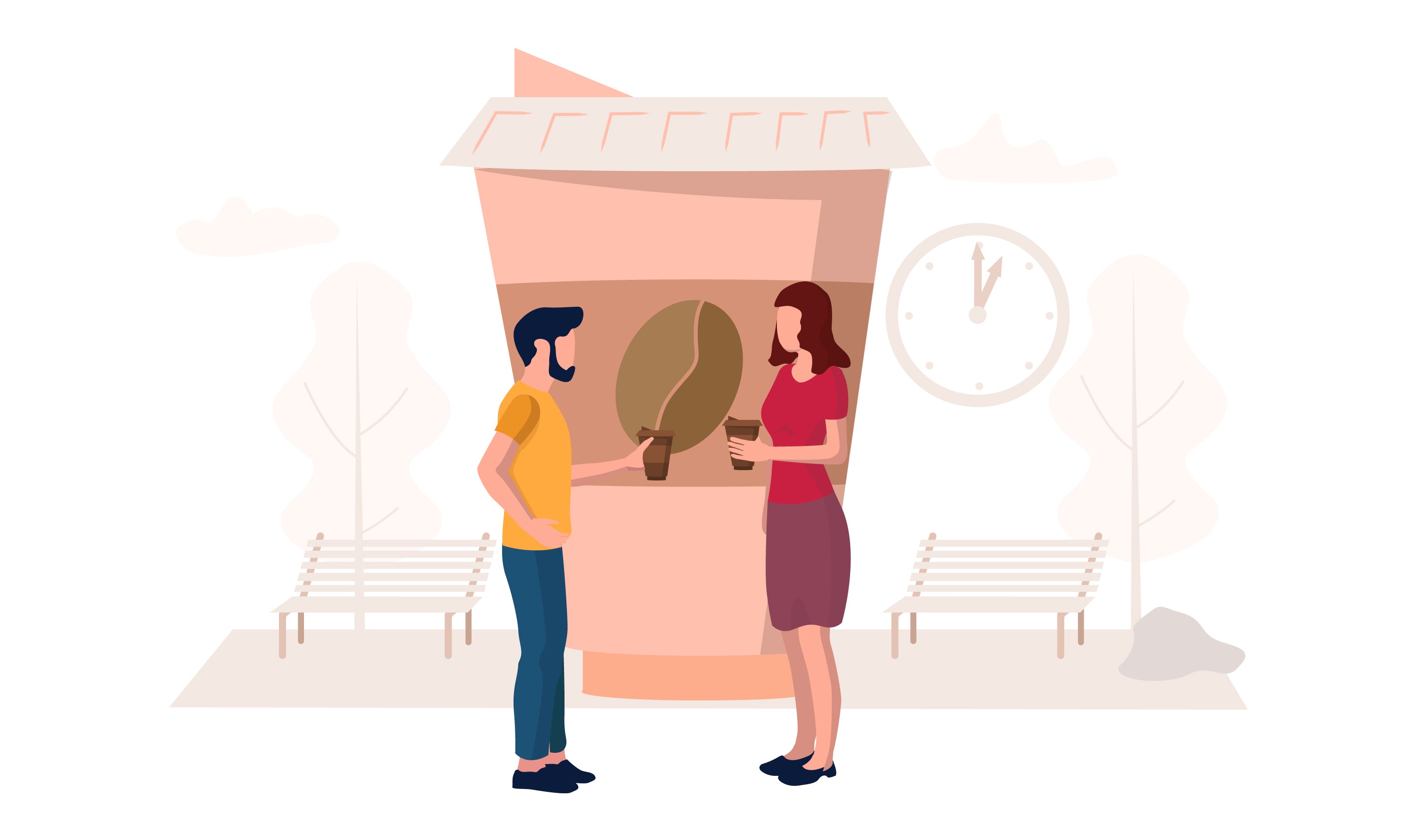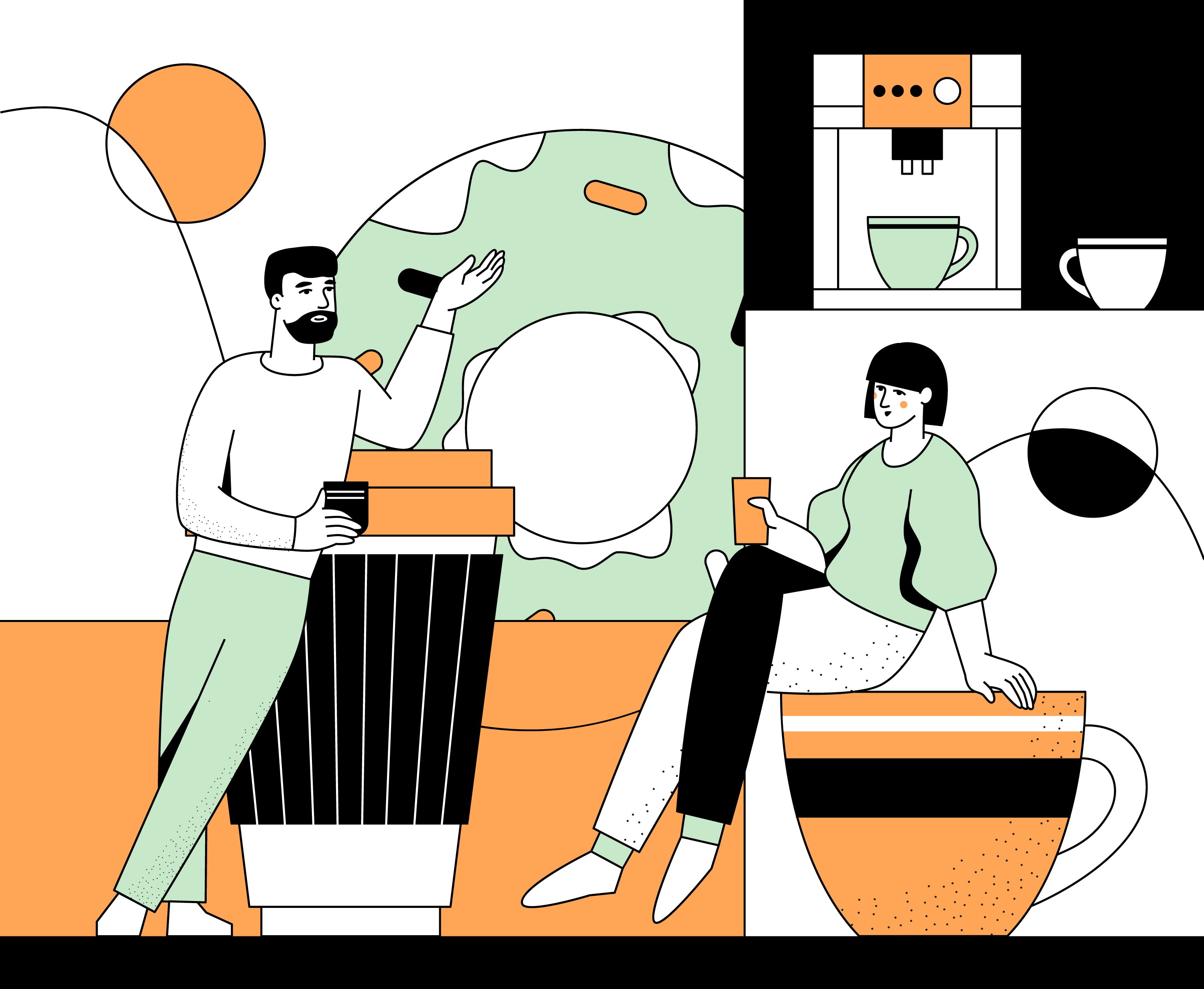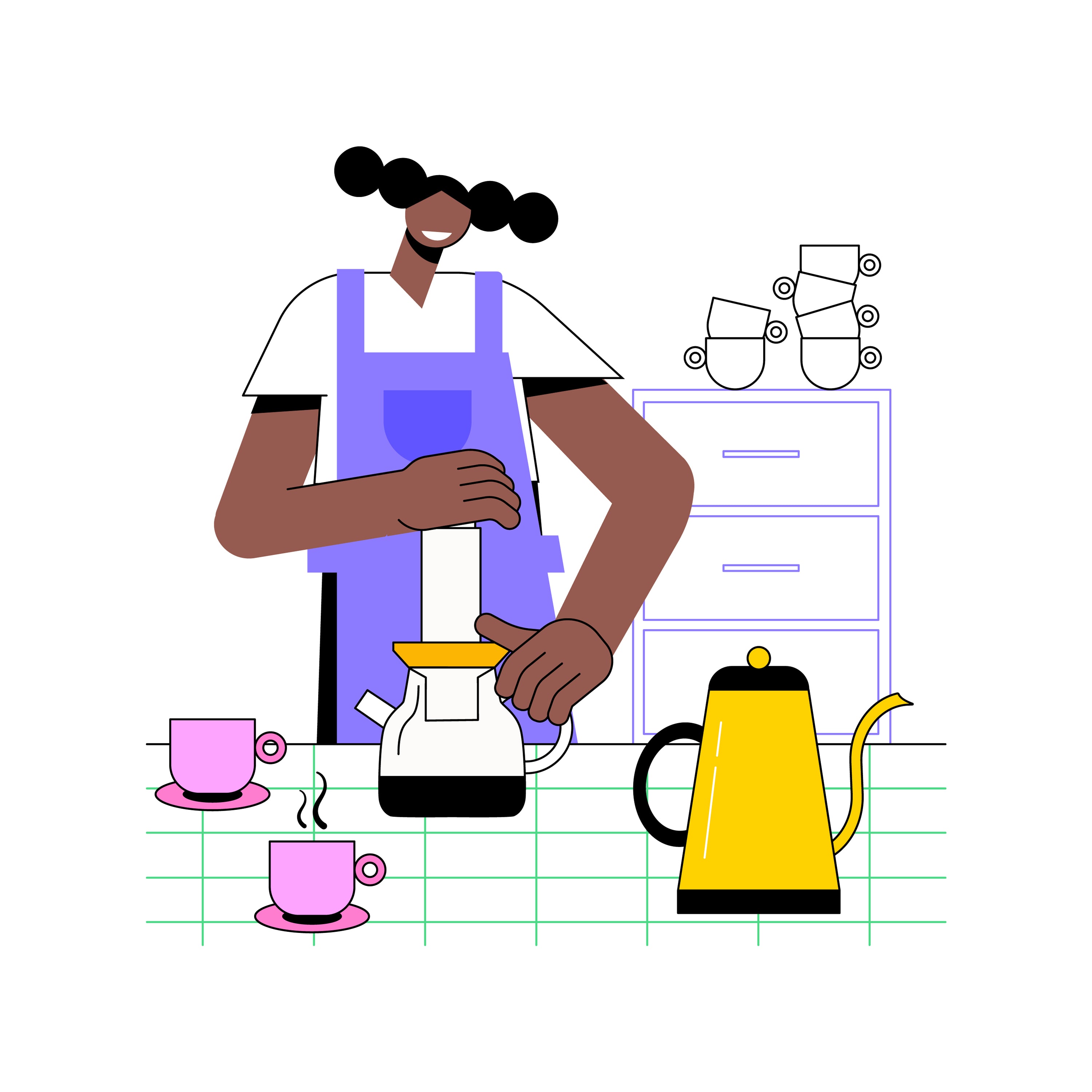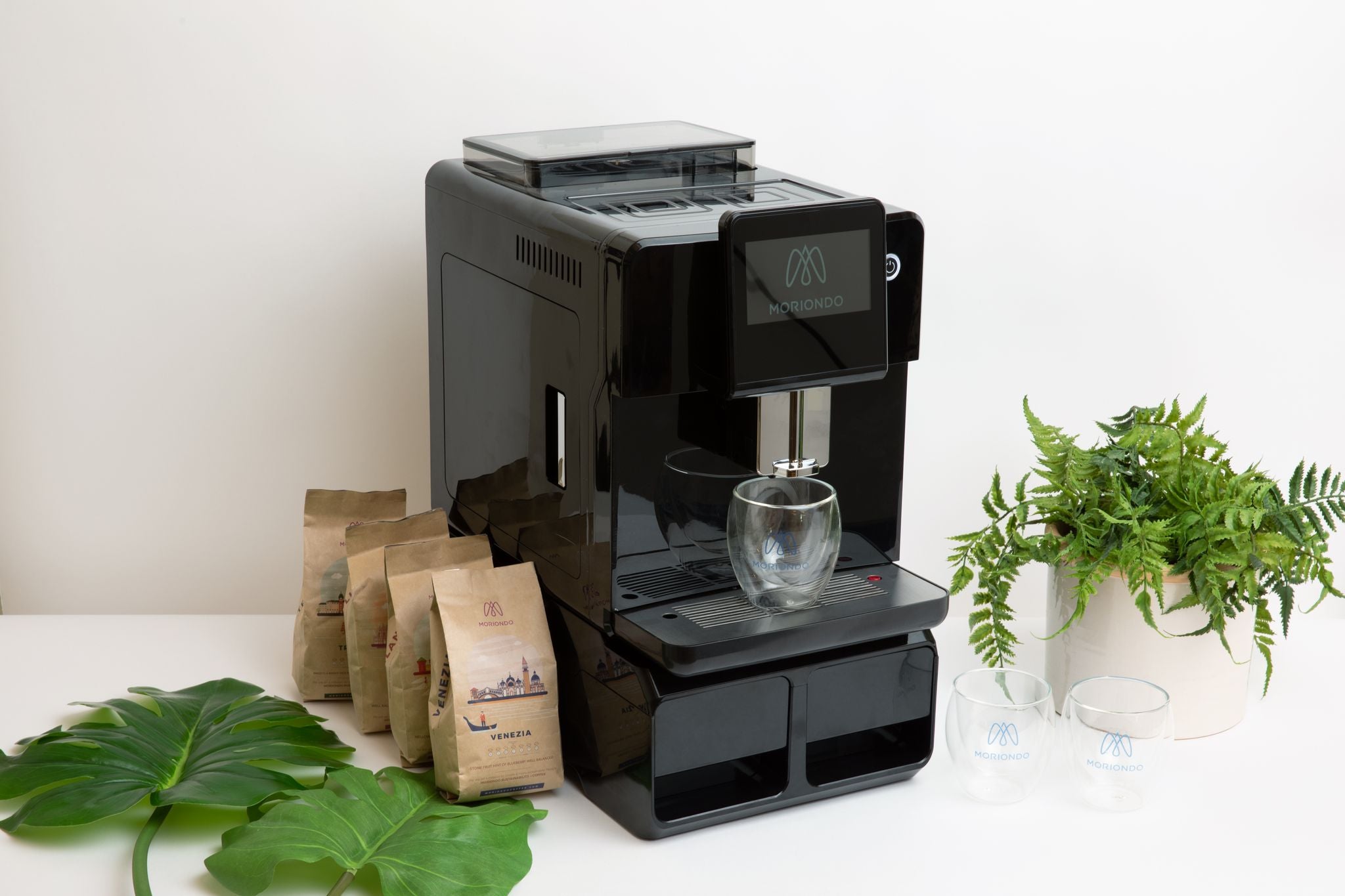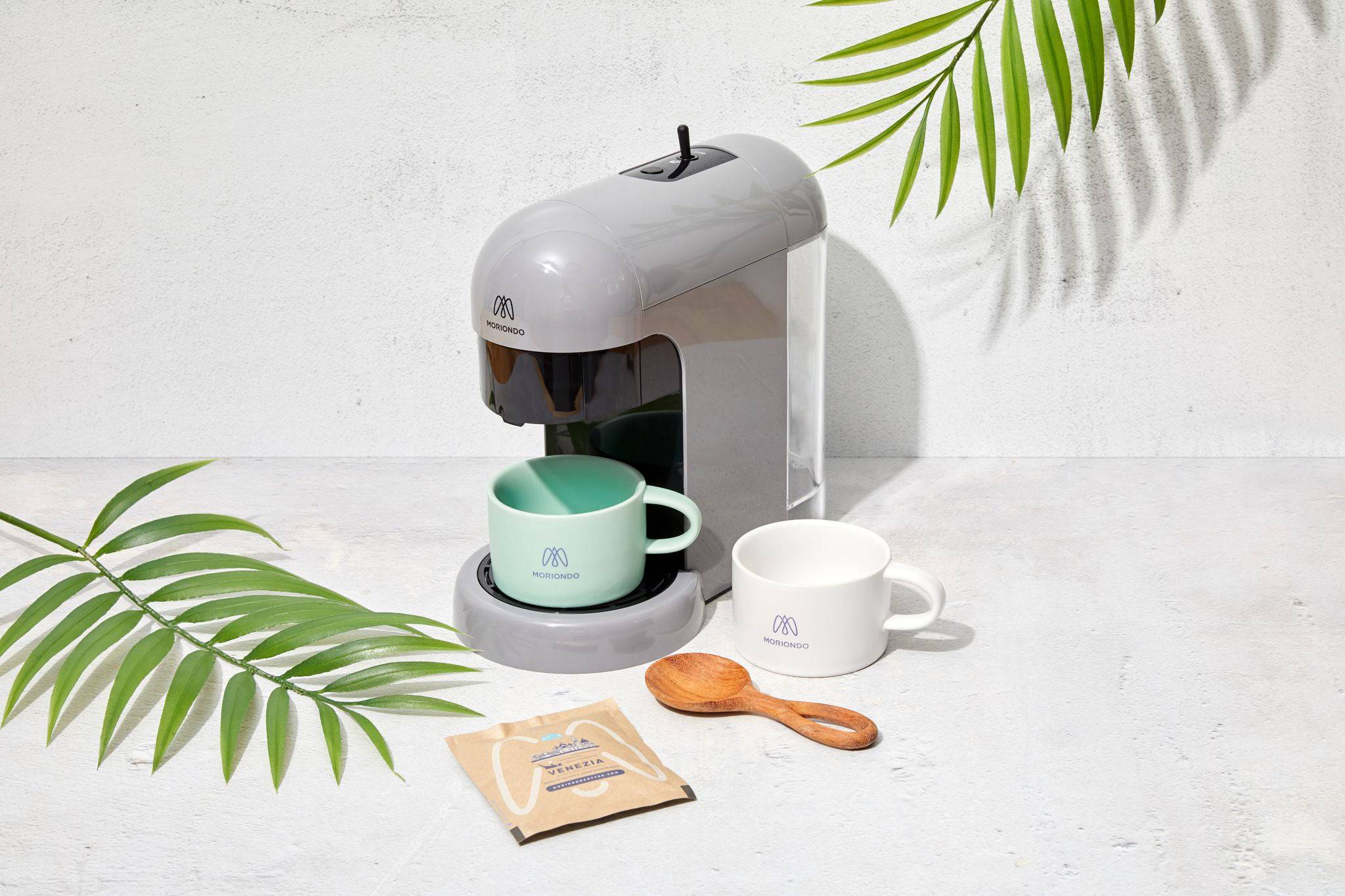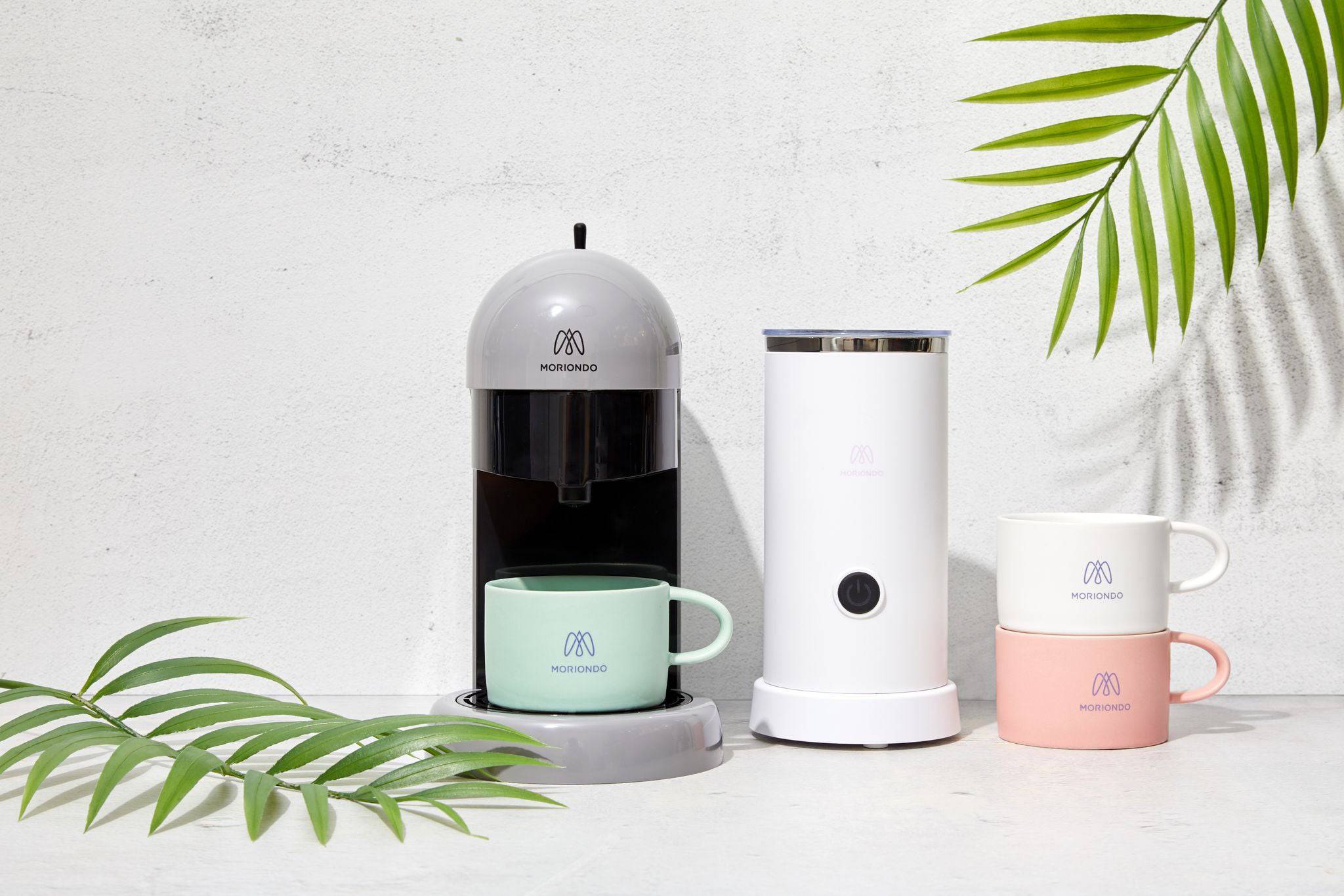Cold Brew vs. Iced Coffee Caffeine
Table of Contents
- What is Cold Brew Coffee
- What is Iced Coffee?
- Difference Between Cold Brew and Iced Coffee
- Caffeine content
- Flavor
- Strength
- Prep Time
- Health benefits
- Which lasts longer, cold brew or iced coffee?
- Why is cold brew more expensive than iced coffee?
- Factors that Affect How Much Caffeine is in Your Coffee
- Conclusion
Do you want a kick of caffeine but can't decide between cold brew and iced coffee? With each cup offering its own unique taste, texture, and caffeine content.
It's important to understand the differences before making your choice. Cold brew is made by steeping coffee grounds in room temperature or cold water for an extended period of time while iced coffee is brewed hot then cooled down with ice or refrigeration.
Both drinks have their advantages, so let’s take a closer look at the key differences between cold brew and iced coffee when it comes to flavor, strength, health benefits, and, most of all, caffeine content.
What is Cold Brew Coffee
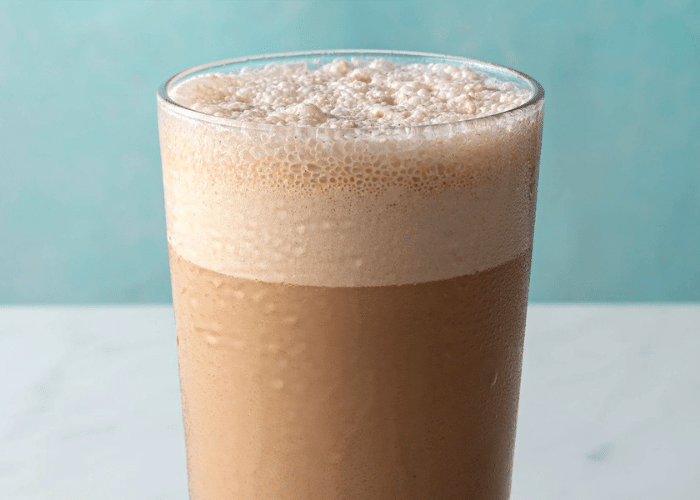
Cold brew coffee is a method of preparing coffee that produces a smooth, high-caffeine beverage.
The cold brew process involves steeping coarsely ground, specialty coffee beans in room temperature or cold water for 12 to 24 hours.
This process creates a unique flavor profile that is less acidic and has notes of cocoa and nutty undertones compared to other types of coffee beverages.
Cold brew is also known for its strong caffeine content - the concentrated form can be watered down with milk or more water, making it easier to drink without the intense flavors and caffeine associated with espresso-based drinks.
Cold brew aficionados say that because the coffee grounds are never exposed to hot water, they retain more of their caffeine and flavor.
Nitro cold brew is just an example of cold brew you can order at a coffee shop.
How to make cold brew?
Making your own cold brew at home is relatively easy and doesn't require a lot of equipment or time.
You'll need the following:
-
Coarsely ground
-
Cool or room-temperature water
-
Coffee bean
-
A large container for steeping
-
A sieve or filter to strain out the grounds
The first step is gathering the ingredients. Use a good quality coffee bean and coarsely ground it.
You don't need to buy an expensive grinder, but you will want to make sure that the grind is consistent. Try investing in Moriondo equipment today.
Next, add the ground coffee to a large container and slowly pour in water. Stir everything together until all of the grounds are saturated.
Let the mixture steep in a cool or room temperature place for 12 to 24 hours, stirring it occasionally.
After the desired time has elapsed, strain the mixture through a sieve or filter to remove the coffee grounds.
What is Iced Coffee?
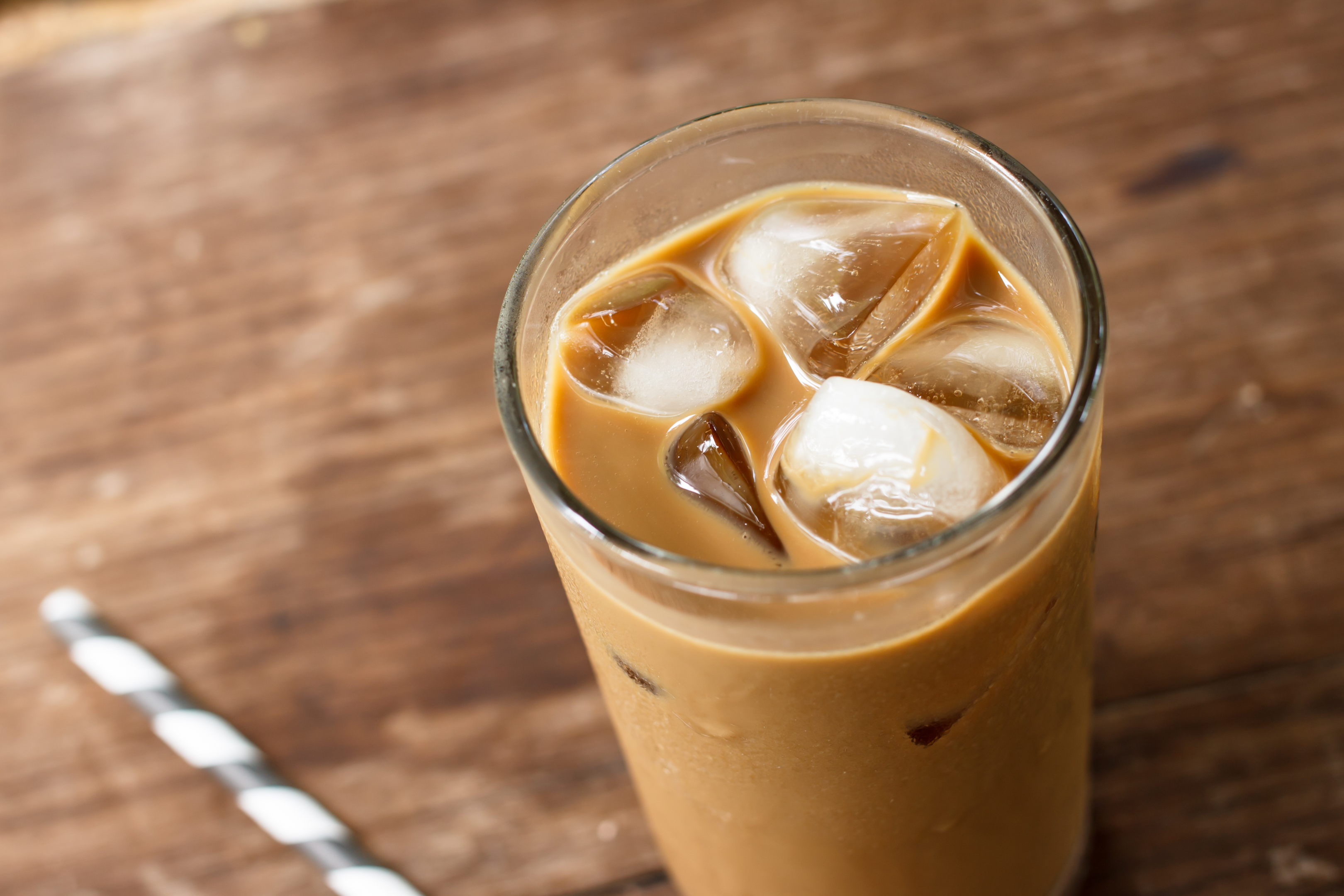
Iced coffee is a refreshing way to enjoy coffee in the summer months or any time you're looking for a cool pick-me-up.
This is a brewed hot coffee and then cooled down with ice or refrigeration. Iced coffee can be prepared using almost any type of brewing method, including espresso, pour-over, French press, regular coffee, and drip coffee.
It’s also easy to make at home or buy from your favorite cafe. When it comes to caffeine, iced coffee has slightly lower levels of caffeine than regular hot coffee because some is lost during the cooling process.
However, the amount of caffeine in both is roughly the same if you consider that most people add more ice when making iced coffee, which dilutes the strength of the beverage.
How to make iced coffee?
Making iced coffee at home doesn't require any special equipment and can be done in a few easy steps. Here is the brewing process:
-
Brew your favorite type of coffee using your preferred method (or just use the regular cold brew coffee).
-
Once the coffee is brewed, cool it down by adding ice cubes or refrigerating for about an hour.
-
Pour over ice or add cold or room-temperature milk or water to taste.
-
Add any desired flavourings like syrups, creamers, and sweeteners.
-
Enjoy.
Difference Between Cold Brew and Iced Coffee
Now, let's take a look at the differences between cold coffee and iced coffee in a side-by-side comparison.
Caffeine content
So how does caffeine content stack up between cold brew and iced coffee? Generally speaking, cold brew contains more caffeine than iced coffee, thanks to its longer steeping process.
Coffee aficionados note that a typical 16-oz iced coffee has ~165 mg of caffeine, while a 16-oz cold brew contains over 200 mg of caffeine.
What does this mean? For cold brew drinkers, it means that you can get a stronger caffeine kick with less liquid.
But this also depends on others factors, such as how much you dilute the cold brew with milk or water and the type of coffee bean used.
So, is cold brew stronger than iced coffee in terms of caffeine? Yes, cold brew generally has more caffeine than iced coffee.
Flavor
The next difference between cold brew and iced coffee is flavor. Cold brew is known for its smooth, often sweet and chocolatey flavors that can be enjoyed black or with milk or cream.
Iced coffee, on the other hand, has a brighter and more acidic flavor profile that can be complemented with sweetness or cream.
The difference in flavor is due to the different processes of brewing. Cold brew needs longer steeping times, which helps draw out a deeper flavor profile from the beans and tones down the acidity of the coffee.
Iced coffee, on the other hand, is brewed quickly and cooled down with ice or refrigeration to get its desired flavor.
Strength
The strength here refers to caffeine levels and flavor intensity of the coffee. Cold brew generally has a higher potency than iced coffee, as cold brew is brewed with higher concentrations of coffee beans for a longer period of time.
This allows the grounds to fully saturate and release more caffeine into the beverage. On top of that, cold brew also has a more balanced flavor profile than iced coffee.
Prep Time
Next, let's take a look at the prep time for cold brew and iced coffee. Cold brew requires longer steeping times compared to iced coffee.
This means that cold brew needs to be prepared ahead of time and can take anywhere between 12-24 hours before it's ready for consumption.
Iced coffee, on the other hand, can be prepared in a matter of minutes and is often ready to drink as soon as it's brewed.
So, is cold brew quicker to make than iced coffee? No, cold brew actually takes a lot longer to prepare compared to iced coffee.
Health benefits
Both cold brew and iced coffee have several health benefits. These include improved mental alertness and cognitive function, better physical performance, and a lower risk of certain diseases like Parkinson's.
Cold brew is known to be higher in antioxidants than iced coffee due to the slower steeping process, which helps draw out more compounds from the beans.
Additionally, cold brew is also lower in acidity than iced coffee, meaning it's easier on the stomach and may provide better digestive benefits.
Which lasts longer, cold brew or iced coffee?
Cold brew typically lasts longer than iced coffee. This is because cold brew can be kept in the fridge for up to two weeks, whereas iced coffee needs to be consumed within a few days of brewing.
Additionally, cold brew can also be frozen for up to six months, allowing you to enjoy your favorite cup of java even longer.
Why is cold brew more expensive than iced coffee?
Cold brew is typically more expensive than iced coffee because of the extra time and labor required to make it.
Cold brew needs to be steeped for 12-24 hours, meaning that it takes longer and requires more resources to produce.
Additionally, cold brew also uses higher concentrations of coffee beans compared to iced coffee, which adds to its cost.
In most cases, the extra cost is worth it as cold brew typically has more caffeine and a richer flavor profile than iced coffee.
Normally, a cup of cold brew will cost $5-$7, while a cup of iced coffee can be as little as $2.50.
Factors that Affect How Much Caffeine is in Your Coffee
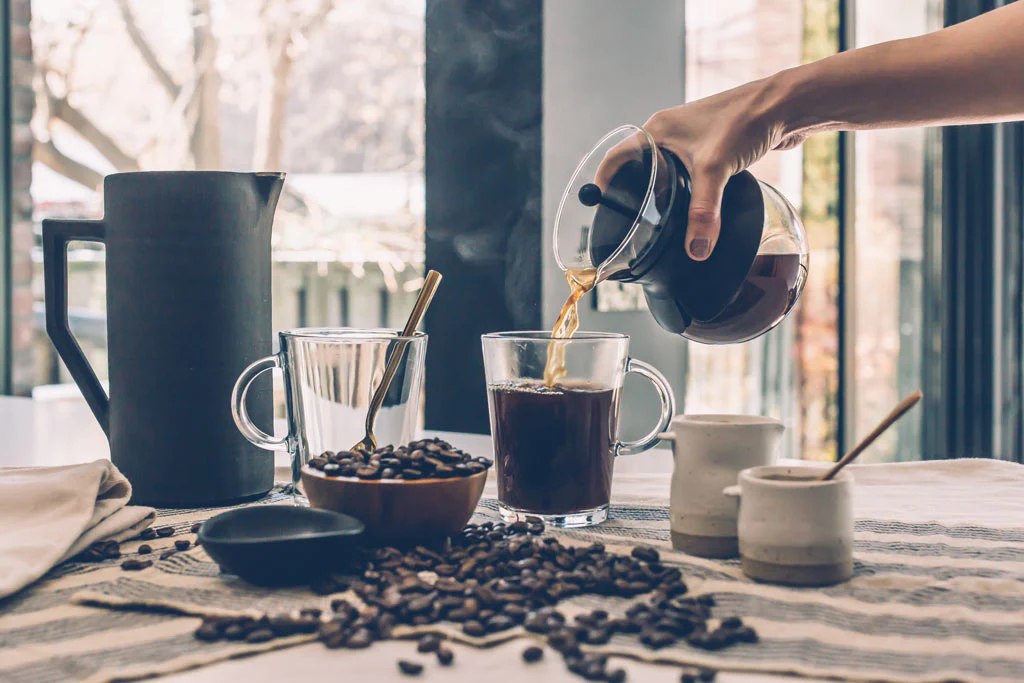
The amount of caffeine in your coffee will depend on several factors. Here are some of the most important ones:
-
Variety of beans – Different coffee beans have varying levels of caffeine, with Robusta beans typically having twice as much caffeine as Arabica beans.
-
Roast level – Coffee beans roasted for longer will have less caffeine, while lighter roasts will have more.
-
Brewing method – Different brewing methods extract varying amounts of caffeine from the beans. Cold brew and espresso will have more caffeine than drip and iced coffee, while French press will have less.
-
Serving size – A larger cup of coffee will have more caffeine than a smaller one, even if the ratio of coffee to water is the same.
-
Grind size – A finer grind will have more caffeine, while a coarser grind will have less.
-
Water temperature – Higher temperatures will extract more caffeine from the beans.
-
Brewing time – The longer coffee is brewed, the more caffeine it will contain.
Conclusion
So, is cold brew or traditional iced coffee better for you? which one has more caffeine? and which one lasts longer?
Well, the answer to all these questions will depend on various factors, such as the type of beans, roast level, brewing method and more.
Both cold brew and iced coffee can provide several health benefits, but cold brew typically has more antioxidants and lower acidity. In terms of caffeine content, cold brew has the most, while iced coffee has the least.
Finally, cold brew typically lasts longer than iced coffee as it can be kept in the fridge for up As for which one lasts longer, cold brew can stay fresh in the fridge for up to two weeks and can even be frozen for up to six months.
Ultimately, the best choice for you will depend on your personal preference and needs as they are all cold coffee drinks. Which one do you prefer and why? let us know in the comments below.
Good Tasting Coffee: How to Identify Coffee Flavors

In order to appreciate the different types of coffee available, it's important to cultivate an awareness of its unique characteristics. Let's take a look at the way coffee connoisseurs judge different cups of coffee.
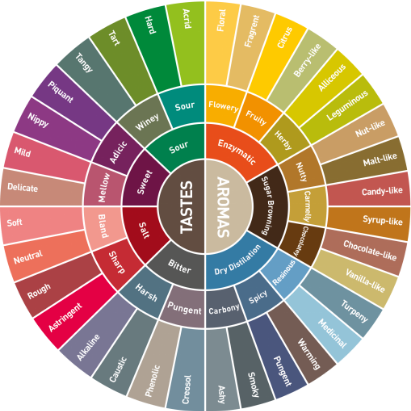
Aroma
The scent of a cup of coffee has a direct influence on how we perceive its flavor. As you drink coffee try to notice if the scent is smoky, fruity, earthy, spicy, nutty or grassy.
Acidity
One of the most defining characteristics of a cup of coffee is its acidity. This is the sharp, bright tangy quality of coffee that perks up our senses. Coffee doesn’t necessarily contain just one type of acid, either. It may contain citric acid, malic acid (fruity in flavor) or even quinic acid from stale coffee, which gives us stomach aches.
Body
This is the weight, thickness and texture of coffee in your mouth. The body of different types of coffee falls on a spectrum of light- to full-bodied viscosity (thin to thick).
Flavor
This is where comparisons come in handy and there is some overlap between aroma and flavor. Your coffee might taste bitter, sweet, savory or sour with common comparisons to chocolate, wine or fruit.
Related Posts
